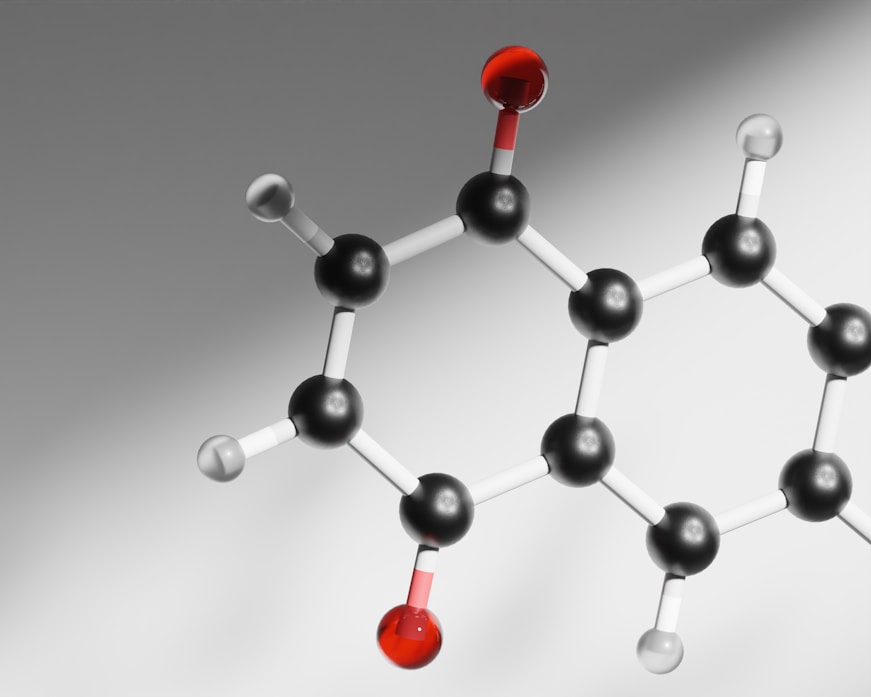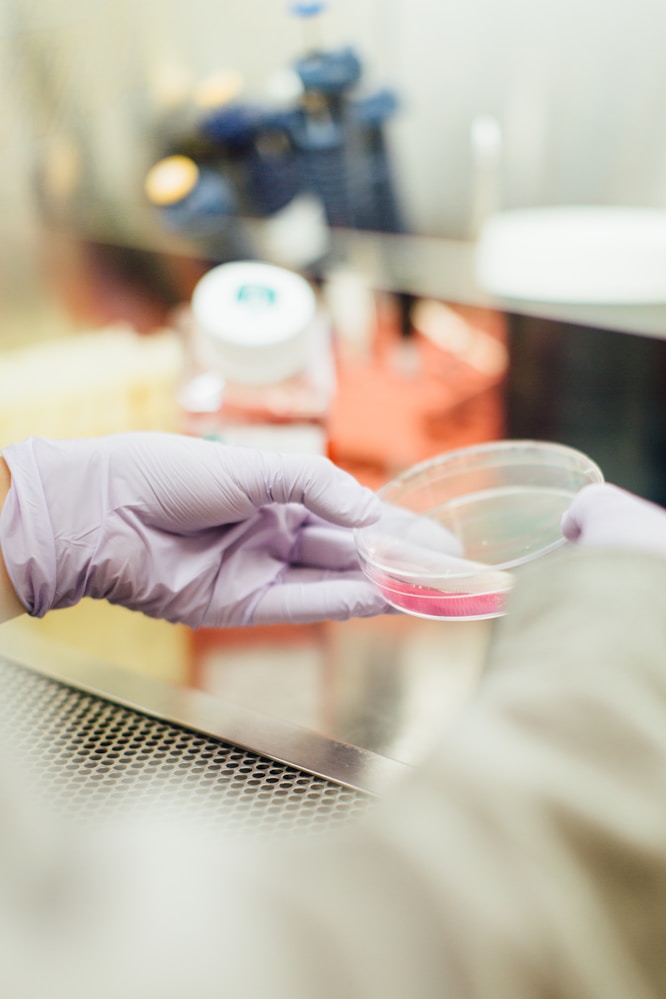Project objectives
HIV Treatment Challenges: Rethinking the Way Forward

More than four decades after the emergence of HIV/AIDS, global efforts have led to substantial progress—particularly with the widespread availability of antiretroviral therapy (ART). Today, around 39.9 million people are living with HIV (PLHIV) worldwide. Yet, an estimated 9 to 10 million remain untreated. The burden remains heaviest in sub-Saharan Africa, where structural inequalities and fragile health systems continue to limit universal access to quality care.
A major breakthrough in HIV treatment came with the development of integrase strand transfer inhibitors (INSTIs), especially dolutegravir (DTG). Recommended by the World Health Organization since 2018 as the preferred first-line regimen, DTG-based treatments have improved viral suppression rates in many low- and middle-income countries. Their strengths—potent efficacy, a high barrier to resistance, and simple dosing—made them a cornerstone of HIV management.

However, new evidence from clinical trials and real-world data has raised concerns about the long-term safety of DTG, particularly among women in sub-Saharan Africa. Rapid and excessive weight gain is one of the most frequently reported side effects. This isn’t just a cosmetic issue—it’s associated with increased risks of obesity, type 2 diabetes, hypertension, and other cardiometabolic conditions, all of which contribute to premature illness and death.
Of particular concern are the risks to cardiovascular and liver health. Increasing cases of metabolic-associated steatotic liver disease (MASLD) and its progression to metabolic dysfunction-associated steatohepatitis (MASH) have been observed among PLHIV. While the biological mechanisms are still being investigated, a link with ART exposure is strongly suspected. These toxicities represent serious challenges for long-term health, especially in already overburdened health systems.

Mental health is another emerging concern. While less frequent, depression, anxiety, and sleep disorders have been reported among patients using DTG. These symptoms can affect treatment adherence and overall well-being, underlining the need to consider psychosocial outcomes—not just virologic success—when evaluating ART strategies.
Gender-related disparities add another layer of complexity. Women—especially those of African origin—appear more susceptible to the metabolic side effects of DTG-based therapies. The reasons are likely multifactorial, involving both biological differences and social determinants, such as unequal access to care and underrepresentation in research. Addressing these disparities is essential to ensure truly equitable treatment options.
While DTG remains highly effective from a virologic perspective, these emerging safety issues challenge its status as a universal solution. Alternatives like efavirenz (EFV) exist but are also associated with neuropsychiatric side effects and rising drug resistance. There is now an urgent need for safe, scalable, and well-tolerated alternatives—particularly for vulnerable populations.
